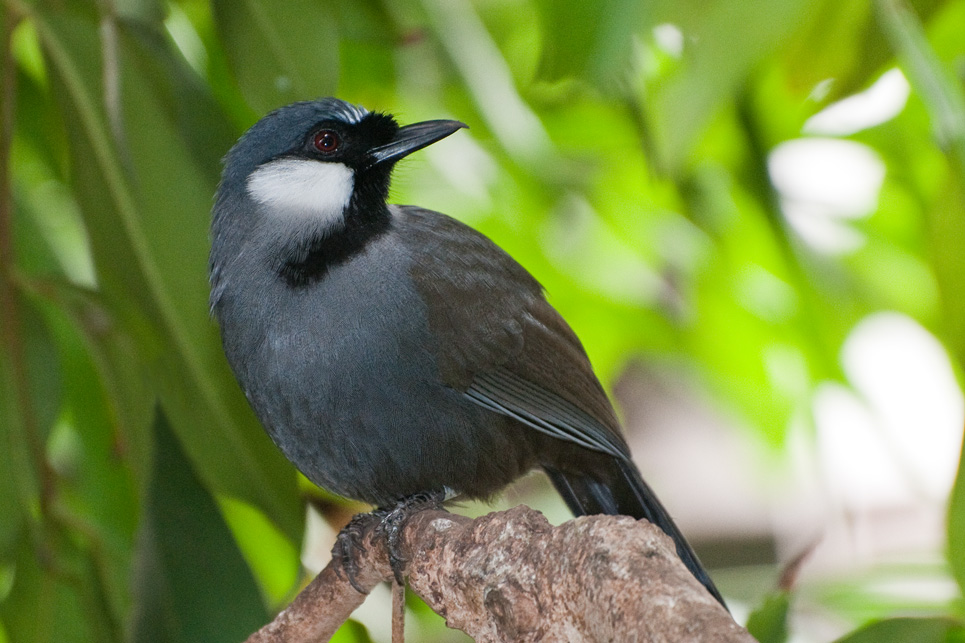Alerts
Please be advised that our bird aviaries are open!
Your Toronto Zoo is committed to the health and safety of the animals in our care. We take proactive steps to protect our birds from Avian Influenza which has been confirmed in a wild bird in southern Ontario, and some birds may still be off display.
Please note Splash Island is still closed and will not open until July due to unforeseen delays in construction. Please watch for updates on https://www.torontozoo.com/tz/splash or on our social media pages. Thank you!
Please note the following animals are currently not on display due to various reasons including Avian Bird Flu, and Covid-19 sensitivity:
- Flamingo, peacock, owl, bald eagle, and aviaries
- Some Kids Zoo Animals
- Cougar
- Moose
- Kangaroo walk through (kangaroos are still visible)
- Axolotl
We apologize for the inconvenience!


Bird
Location at the Zoo:
Indo-Malaya
Region: Indomalaya
Black-throated laughing thrush
The black-throated laughing thrush measures 25 cm in length and weighs between 90 and 130 g. The plumage is soft, loose and fluffy with no difference between sexes. The face and beak are black with a splash of white behind the eyes. The top of the head and body are a blue-grey with brown overtones on the wings and tail. The strong, stout legs and feet are a pale red.Conservation Status: IUCN
